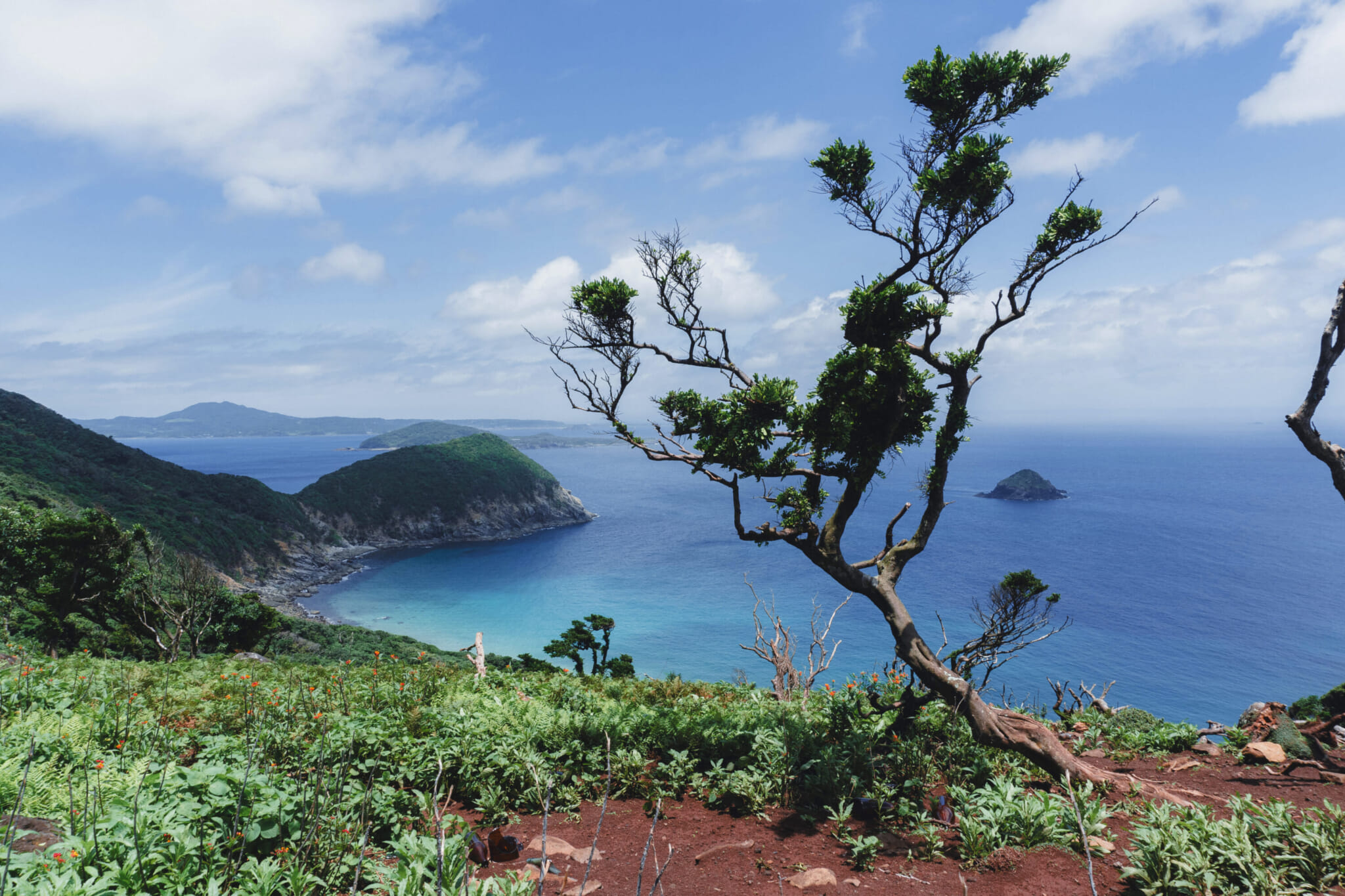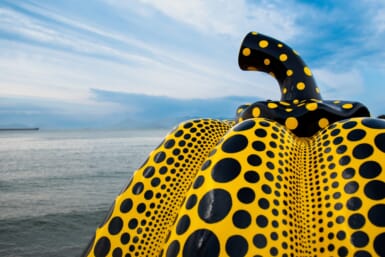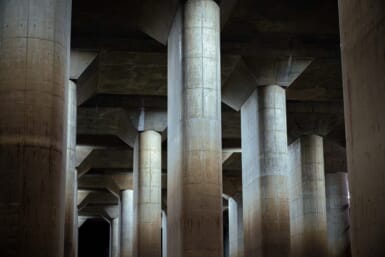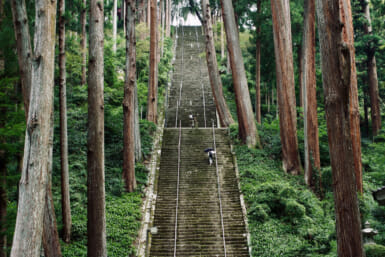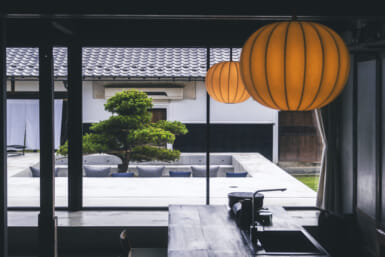Nagasaki, located on the tip of the southwestern island of Kyushu, is characterized by its harbor cities and the rolling hills that flank them. It also has hundreds of islands, ranging in size from major, inhabited islands to tiny islets. The prefecture has beautiful, varied landscapes, including volcanic formations, mountains and sea views.
One of the best ways to enjoy Nagasaki’s natural wonders is by immersing yourself in them; the prefecture has some incredible hiking trails, rich with natural and social history. Here’s our pick of five of the best trails in Nagasaki, with a range of difficulty and scenery, but all worth lacing up your hiking boots for.

Mount Shiratake of Tsushima
Located on the island of Tsushima, about a 35-minute flight from Nagasaki airport, Mount Shiratake is a must-see. About halfway between Kyushu and the Korean Peninsula, Tsushima used to be a major stepping-stone between the two mainlands. The trails of Shiratake are lush with rare plant variants that are unlike Korea or the rest of Japan, and if you’re lucky, you might catch a glimpse of the Tsushima leopard cat, an endangered wildcat protected by the island. The mountain itself is sacred, with a historic shrine that has protected the island’s inhabitants for centuries.
Shiratake isn’t an easy hike, taking about 3 hours with a 518-meter elevation gain, and the last quarter of the trail is quite steep. The mountaintop offers a breathtaking, panoramic view of the island and Aso Bay.
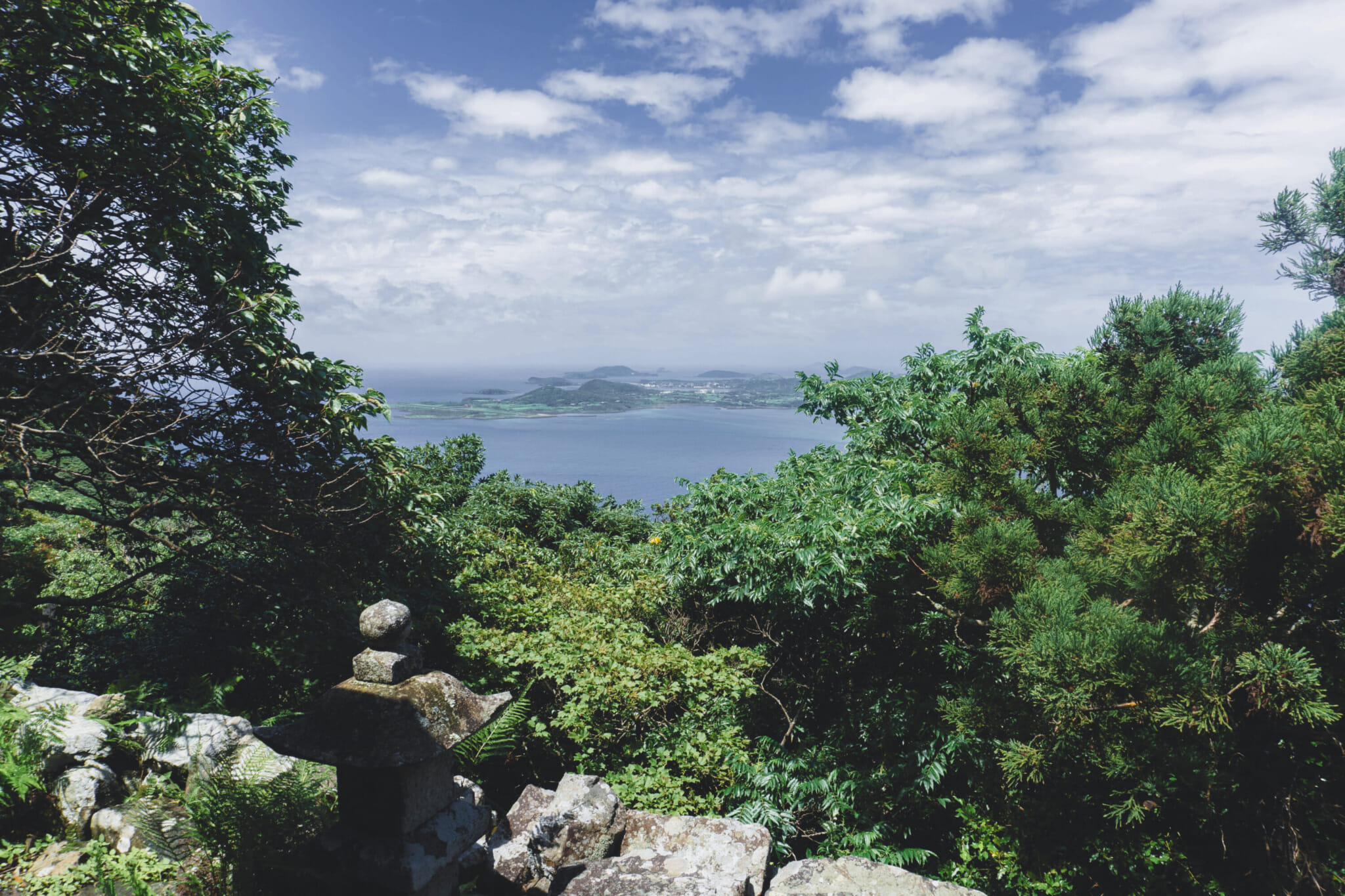
Nozaki Island
Nozaki is part of Ojika town, which consists of 17 islands; it’s about a 30-minute ferry ride away from Ojika Island, the main island that shares a name with the town. Nozaki has a complicated and at times heartbreaking history as one of the islands that Christians sought refuge in during the Edo shogunate. As such, it has both a former church and a shrine, as well as abandoned historical houses, creating an open-air museum, stopped in time and overrun by plants and deer. The nature on Nozaki island is sublime, with large expanses of grass fields nicknamed “the savannah” by the people who operate the island, as well as volcanic formations that frame the turquoise ocean.
The main mountain trail takes you up to the historical Okino-Kojima shrine, as well as Oe-Ishi, a massive rock formation whose origins are unknown. The hike itself winds through picturesque pathways of trees, sunlight filtering through the branches. Though beautiful, the hike is quite challenging, taking about 5 hours round-trip; note that both Okino-Kojima and Oe-Ishi shrines can only be reached with a guide. (These guided tours are not conducted during July through September due to trails getting overgrown and the number of snakes and insects rapidly increasing.)
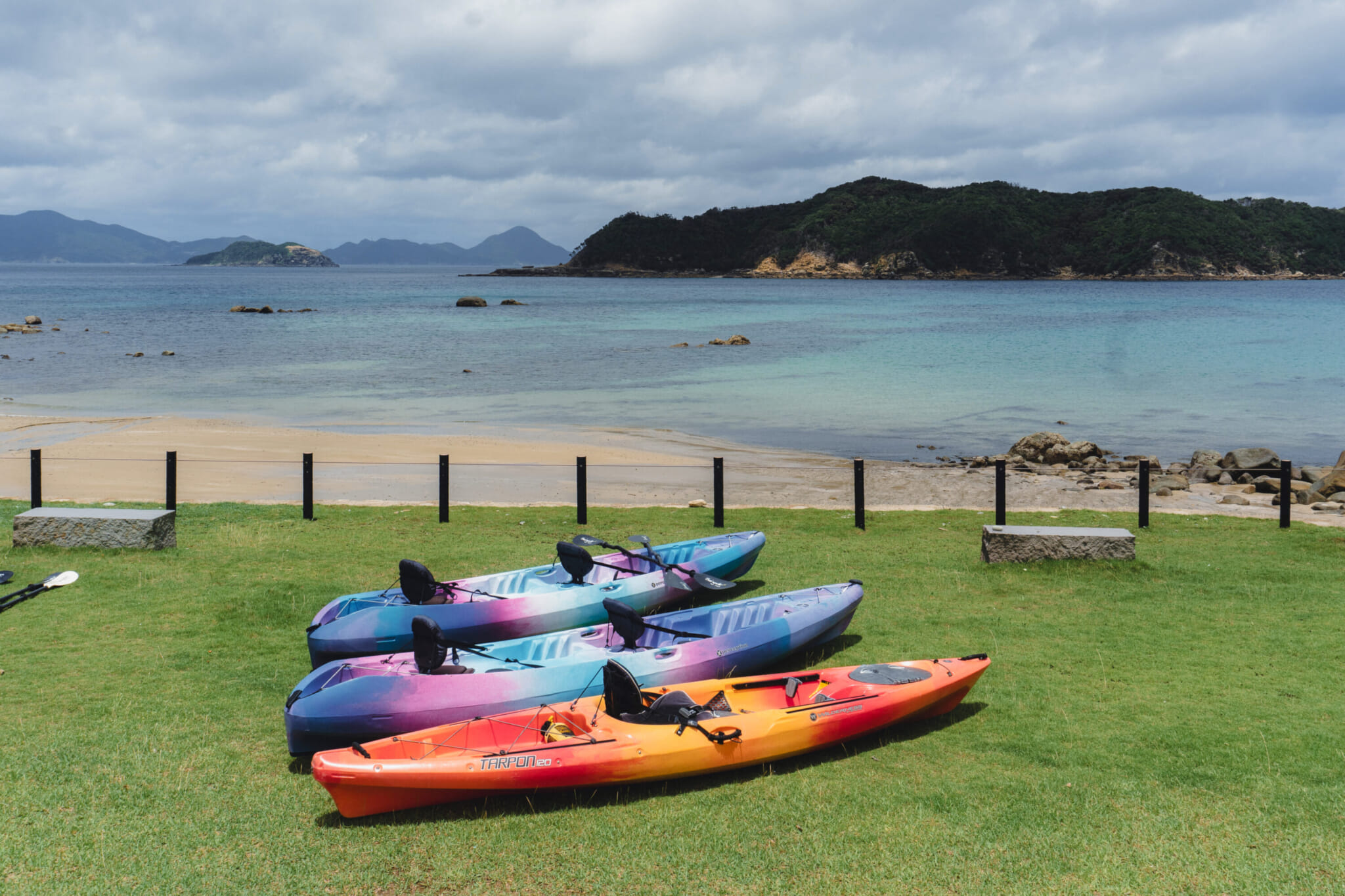
Kashiragashima Rock Walk
The Goto Islands, an archipelago of around 140 islands, have some of the most famous nature spots in Nagasaki. In Kashiragashima, you can get your fill of the mountains, water sport and World Heritage Sites in one day. It’s a small island on the northern part of the Goto Islands, with a history as a settlement of the hidden Christians.
One of its most famous hiking routes is very conveniently located — starting near the Kamigoto Airport, the scenic trail takes you down to the ocean shores, where you can walk across the rocky shoreline (be sure to bring proper water shoes!). The walk takes you to Kashiragashima Church, a church made of sandstone which is part of a series of properties inscribed as a UNESCO World Heritage Site in 2018. The church sits right in front of a beach, where you can enjoy water sports like kayaking out to Rokuro Island, and there are shower facilities by the church to get you cleaned up after your adventures.
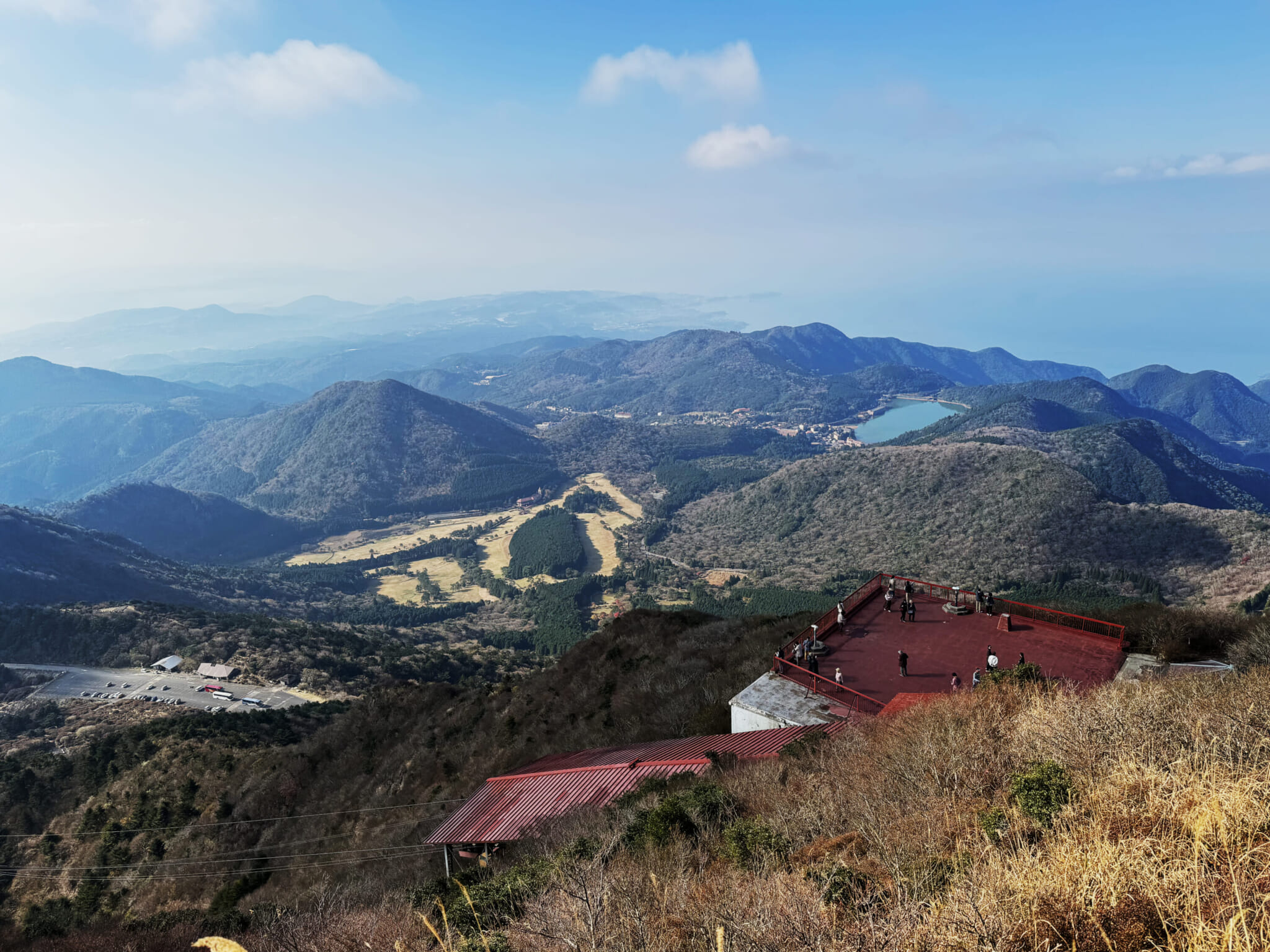
Mount Fugen-dake
Mount Fugen-dake is probably one of the most popular hikes of Nagasaki, and for good reason. It’s one of the main peaks of Mount Unzen, an active volcano; while hiking, you can witness onsen steam as well as the peak of Heisei Shinzan, the newest mountain peak formed in Japan. Depending on which trail you take, you can actually hike through multiple summits, including Mount Kunimi, culminating in the highest hikeable point of Nagasaki at the peak of Mount Fugen-dake.
The hike does have some steep and rocky areas; if you wish, you can take the cable car to the middle of the trail or park by the trail head at the Fugen-dake parking lot to cut down on the distance.
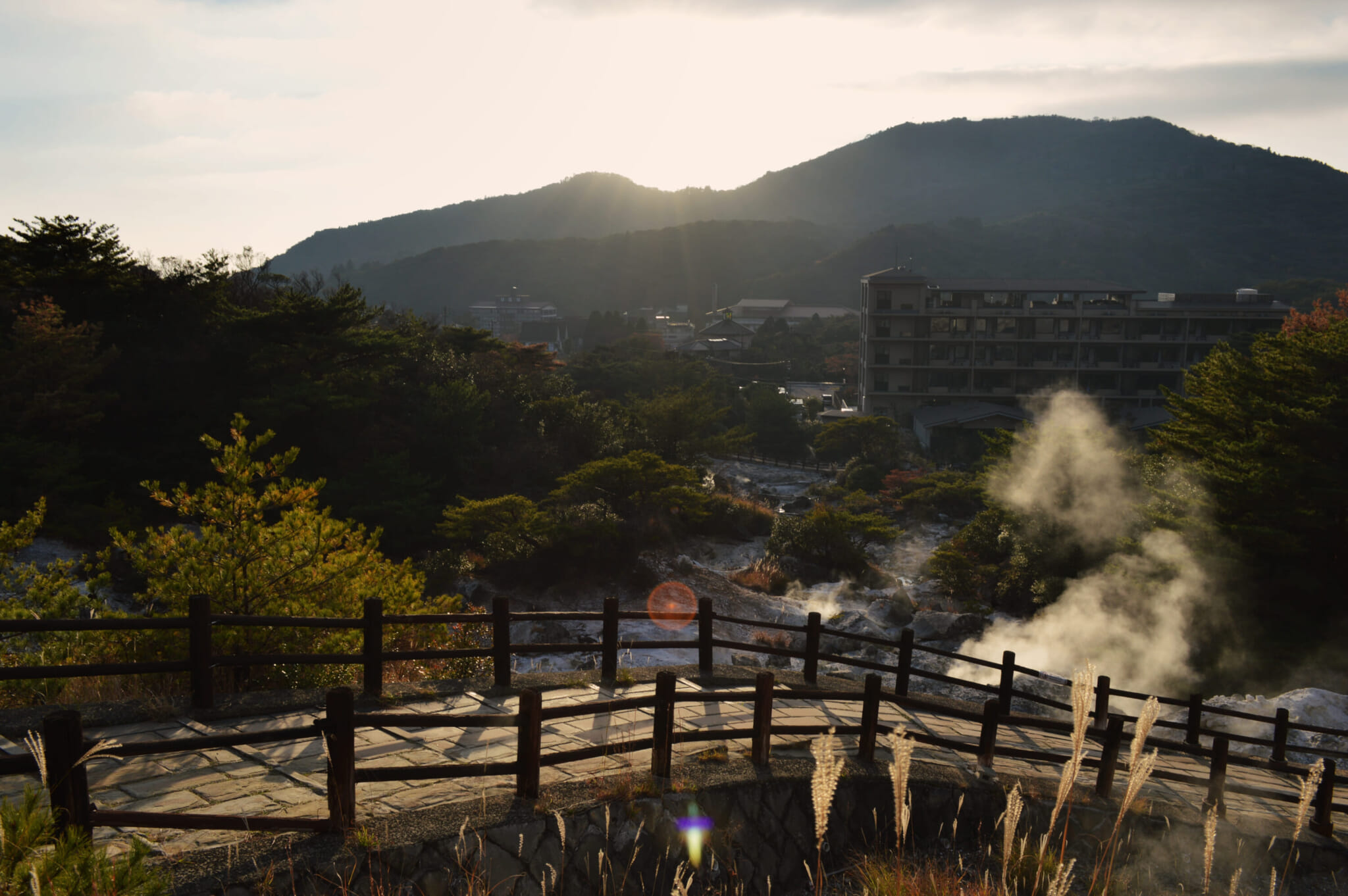
Unzen Jigoku
If you’re not necessarily an avid hiker but want a scenic stroll, Unzen Jigoku — which means “Unzen Hell” — is a wonderful stop, despite its intimidating name. Located inside Unzen-Amakusa National Park, it’s characterized by numerous hot springs and steaming fumaroles; the sulfur-thick, steamy air creates an otherworldly landscape. There’s a man-made stone and wooden path for visitors to explore, winding through the geothermal area, with placards that explain the geographical and historical significance of the park.
Surrounded by billowing hot spring steam, Unzen Jigoku is an easy yet memorable trek to add to your Nagasaki adventures.

